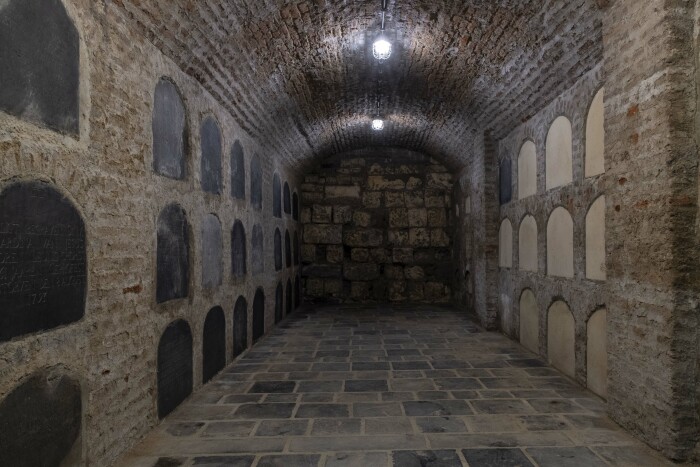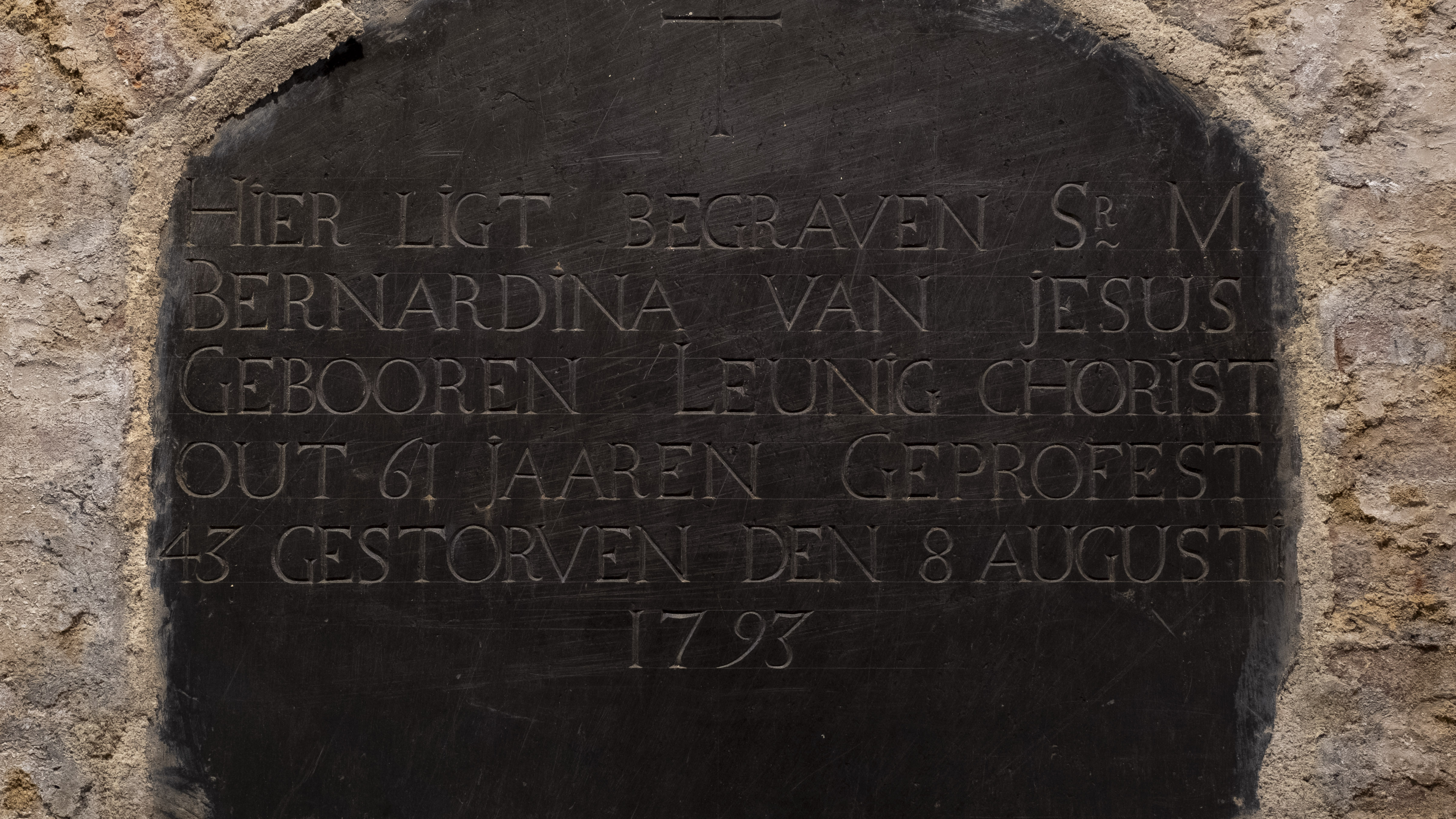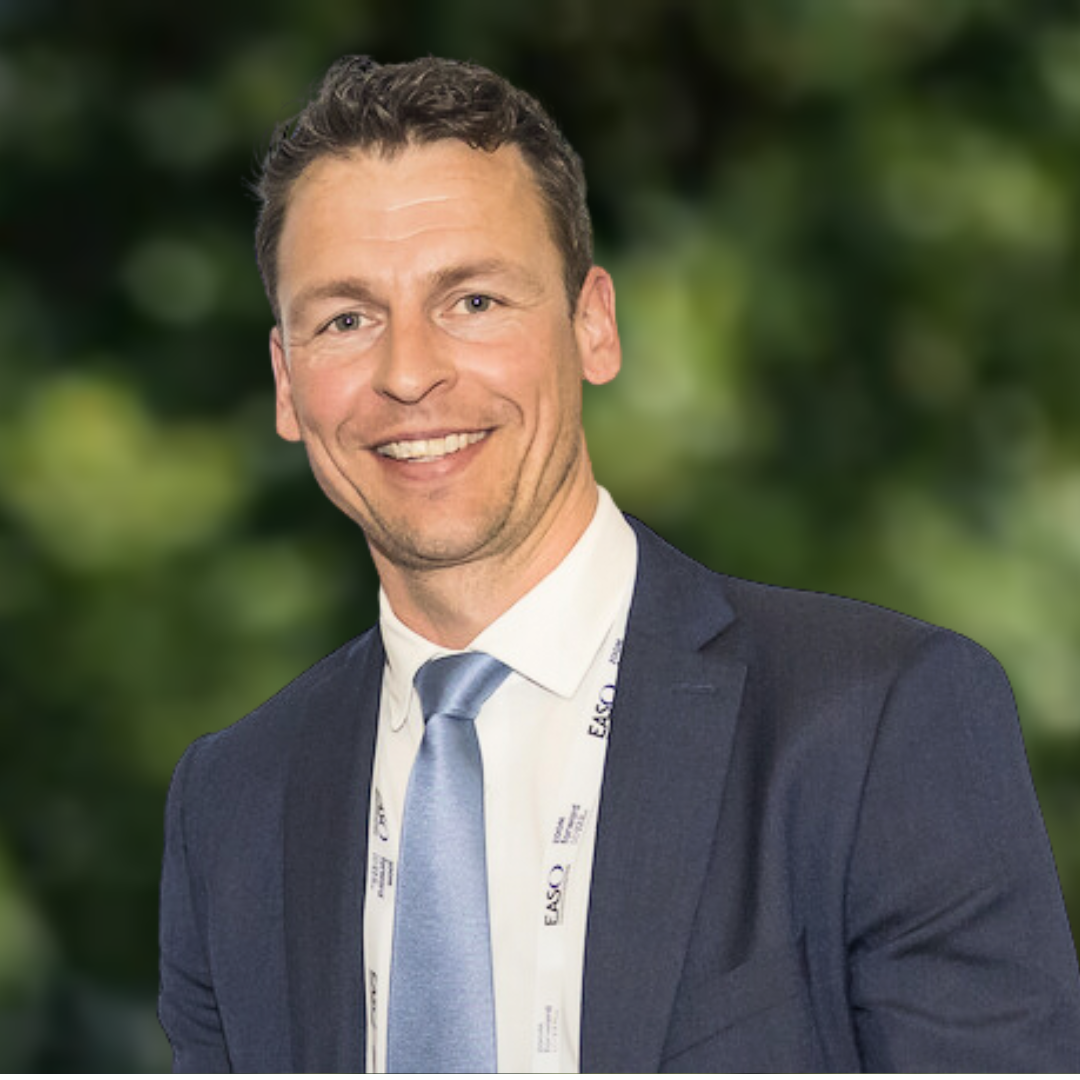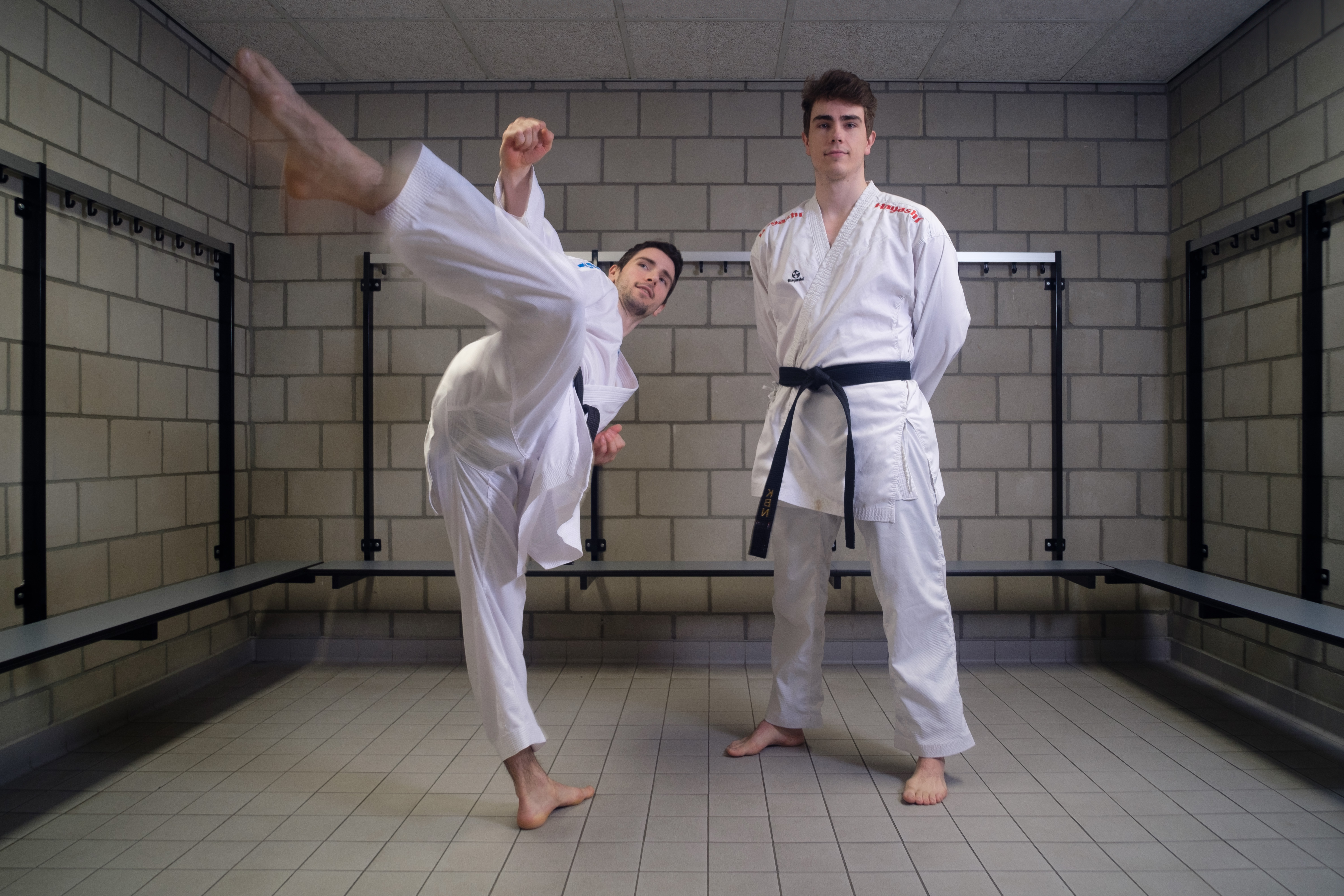Hidden gems: Bonnefantenklooster crypt
Maastricht University takes care of many distinctive buildings that we all know. By giving them a new purpose, we preserve these icons and give them a new meaning, making them the vibrant heart of a bustling city.
Did you know that these buildings also provide access to various special places and stories? Let yourself be surprised and join us in this series exploring the hidden gems of the university and the city of Maastricht.
The Bonnefantenklooster (Bonnefanten Abbey), also known as the Sepulchrijnenklooster (Sepulchrine Abbey), is a former abbey complex in the centre of Maastricht. It is located at Bonnefantenstraat 2, where the current Student Service Centre of Maastricht University is situated.
The building has a rich history. From 1626 to 1796, it served as an abbey for the Sepulchrine Canonesses. The sisters taught girls from the higher social classes, both Catholic and Protestant, and were therefore called the ‘Soeurs des Bons Enfants’, which then colloquially became termed ‘Bonnefanten’. It was, however, not always calm in the building. Fire broke out three times; twice suspected to have been ignited by a sister with Protestant sympathies, who later fled to the Northern Netherlands.
Text continues below the photo.

More information?
Do you have any questions, would you like to know more or do you want to take a look yourself? Please send an e-mail to: webred-um@maastrichtuniversity.nl

After 1796, the Bonnefantenklooster functioned as barracks, 32 homes for working families were established within its walls and it was used as an art studio by Charles Eyck and Daan Wildschut. The building was restored between 1947 and 1950. From 1952 onwards, it housed the Limburg Provincial Museum of Art and Antiquities, now called the Bonnefanten Museum. At a later date, the chapel was also restored. It was then that a crypt was discovered beneath it, containing 54 alcoves dating from 1712 to 1794, in which the sisters of the Bonnefantenklooster were entombed.
Since 1979, a range of Maastricht University departments have inhabited the building, including the University Library study rooms and collections and, currently, the Student Service Centre.
Text: Gido Boere and Evert van Zoeren
Photography: Joris Hilterman
Also read
-
A study conducted by the European Association for the Study of Obesity led by Prof. Gijs Goossens of Maastricht UMC+ published today in Nature Medicine.
-
Maastricht University takes care of many distinctive buildings and art works that we all know. By giving them a new purpose, we preserve these icons and give them a new meaning, making them the vibrant heart of a bustling city.
Did you know that these buildings and art works also provide access to...
-
UM alumni Brian and Rob Timmermans combined their degrees in Econometrics and Sustainable Finance with their passion for karate, resulting in an ever-expanding trophy collection. Both brothers are multi-time and reigning Dutch champions in their respective weight classes and have achieved success on...


